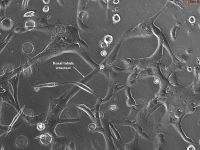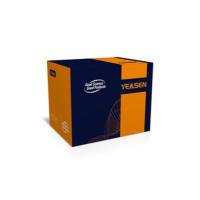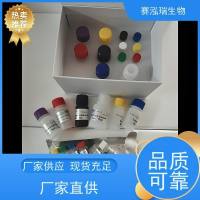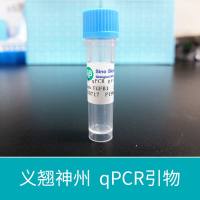Choosing Reporter-Quencher Pairs for Efficient Quenching Through Formation of Intramolecular Dimers
互联网
634
Fluorescent energy transfer within dual-labeled oligonucleotide probes is widely used in assays for genetic analysis. Nucleic acid detection/amplification methods, such as real-time polymerase chain reaction, use dual-labeled probes to measure the presence and copy number of specific genes or expressed messenger RNA. Fluorogenic probes are labeled with both a reporter and a quencher dye. Fluorescence from the reporter is only released when the two dyes are physically separated via hybridization or nuclease activity. Fluorescence resonance energy transfer (FRET) is the physical mechanism that is most often cited to describe how quenching occurs.
We have found that many dual-labeled probes have enhanced quenching through a nonFRET mechanism called static quenching. Static quenching, which is also referred to as contact quenching, can occur even in “linear” oligonucleotide probes that have no defined secondary structure to bring the reporter and quencher pair into proximity. When static quenching accompanies FRET quenching, the background fluorescence of probes is suppressed. This chapter describes how to pair reporter and quencher dyes for duallabeled probes to maximize both FRET and static quenching. Data comparing various reporter-quencher pairs is presented as well as protocols for evaluation and optimization of the probes.









